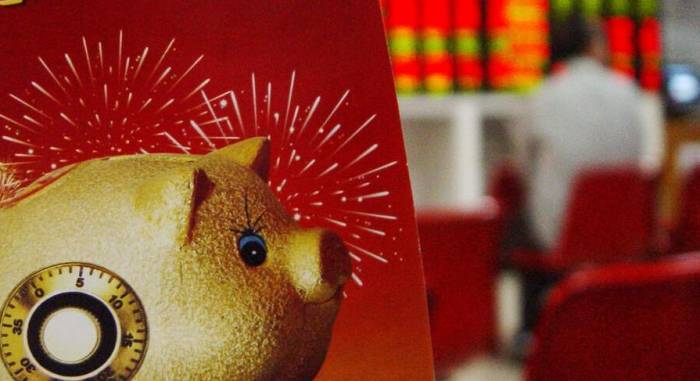Monetary Funds: Yields Below 2%, Scale Dips Below 10 Trillion, Are They Doomed?
When I opened Yu'e Bao, I was startled to find that the "national money market fund" once boasting a yield of 6% now has a seven-day annualized return of less than 2%, at only 1.97%.
Today, let's discuss whether money market funds should be phased out.
01 Declining returns, capital relocation, are money market funds no longer attractive?
The decline in returns for money market funds is no longer news; however, data shows that the overall size of money market funds has also begun to shrink.
Since June of this year, money market funds have ended the growth cycle that began in October of last year, with the size retreating to around 9.27 trillion yuan, increasingly distant from the 10 trillion mark.
The leading money market fund, "Yu'e Bao," saw its net assets drop for the second time to 780.8 billion yuan, a decrease of 19.7% month-on-month, marking a five-year low. Compared to its peak in 2018, it has been halved.
In contrast, the scale of non-money funds has been steadily increasing. In the second quarter of this year, Yifangda's non-money fund average monthly size broke through the trillion yuan mark for the first time, making Yifangda the first fund company to exceed one trillion in non-currency funds.
Advertisement
It is not difficult to see that money market funds are showing signs of decline, with both returns and scale "doubling down." Does this mean that money market funds are no longer viable?
02 Facing money market funds head-on!
I disagree with this view. On the contrary, in the current context of "doubling down," it is time for us to face money market funds head-on!First, the principle of investment is that returns are commensurate with risk!
Everyone would like to see high returns and low risks in financial products, but that is impossible. In the world of finance, risk and return are always equal.
What are the advantages of money market funds? They have low risk and high liquidity. Facing such products, we should not expect them to have dazzling returns.
We should be clear that the positioning of money market funds is "spare change management". They can serve as a "stable tool" in our investment portfolio, but they do not possess "offensive attributes".
Second, money market funds remain an important part of asset allocation.
Can we allocate all our assets to the more profitable stock market just because the returns of money market funds have declined? I advise against doing so!
A good asset portfolio should be both "offensive and defensive". We need "stocks" that can increase returns, and we also need asset categories that are responsible for defense.
On one hand, the A-share market is full of uncertainty, especially this year, with frequent rotation between sectors. Many have been submerged in the stock market, and we should be alert to the risks of the stock market when we see returns.
On the other hand, the recent decline in returns of money market funds is related to the loose liquidity of market funds. However, the direction of the central bank's monetary policy in the next step is still uncertain.
Third, screening for high-yield money market funds or looking for alternatives.Of course, there are more than just money market funds among the current market's stable financial products, and within the money market funds themselves, there are differences in returns.
Faced with the situation of capital "moving," many money market funds enhance their product competitiveness by "reducing fees." According to incomplete statistics, less than 30% of money market funds in the market have a management fee rate exceeding 0.3%.

Additionally, as investors, we can not only choose money market funds that are "cheaper" and "yield higher returns," but we can also opt for other stable financial instruments, such as short-term bond funds and fixed-income plus products.
In summary, as a tool for managing spare change, the returns of money market funds are inevitably not too high. However, for the sake of a scientifically sound asset allocation, we cannot do without stable financial instruments.
post your comment